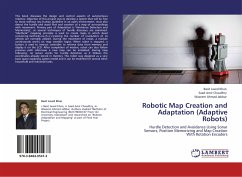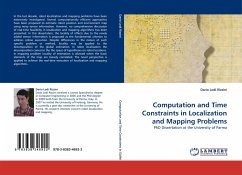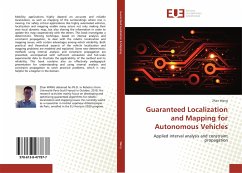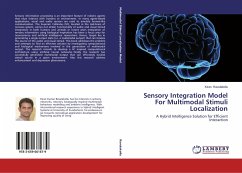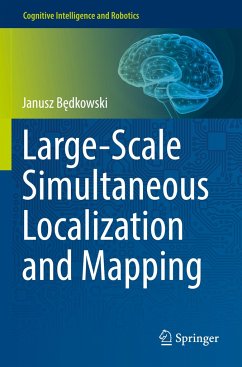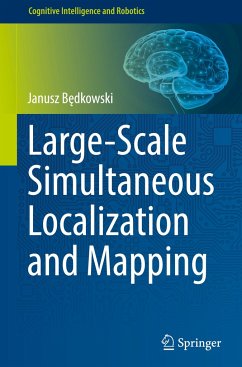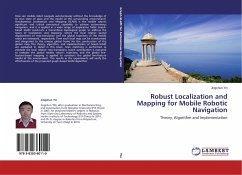
Robust Localization and Mapping for Mobile Robotic Navigation
Theory, Algorithm and Implementation
Versandkostenfrei!
Versandfertig in 6-10 Tagen
41,99 €
inkl. MwSt.

PAYBACK Punkte
21 °P sammeln!
How can mobile robot navigate autonomously without the knowledge of its own state of pose and the model of the surrounding environment? Simultaneous Localization and Mapping (SLAM) is the mobile robot's significant and critical perceptual capability to achieve autonomous navigation, and it is applied in a wide range of application fields. Graph-based SLAM constructs a hierarchical topological graph to address the issues of localization and mapping, where the local relative spatial displacement of roto-translation and the global trajectory of the mobile robot are estimated, respectively. Then e...
How can mobile robot navigate autonomously without the knowledge of its own state of pose and the model of the surrounding environment? Simultaneous Localization and Mapping (SLAM) is the mobile robot's significant and critical perceptual capability to achieve autonomous navigation, and it is applied in a wide range of application fields. Graph-based SLAM constructs a hierarchical topological graph to address the issues of localization and mapping, where the local relative spatial displacement of roto-translation and the global trajectory of the mobile robot are estimated, respectively. Then each local map can be transformed and integrated to the unique global frame for the construction of the global map. The theory, algorithm, and implementation of Graph-SLAM are explained in detail in this book. Scan matching is performed to estimate the local relative roto-translation, batch optimization is executed to estimate the global mobile robot's trajectory, and the global line-feature-based mapping is applied to construct the global line-feature model of the environment. The results in the experiments will verify the effectiveness of the proposed graph-based SLAM algorithm.





